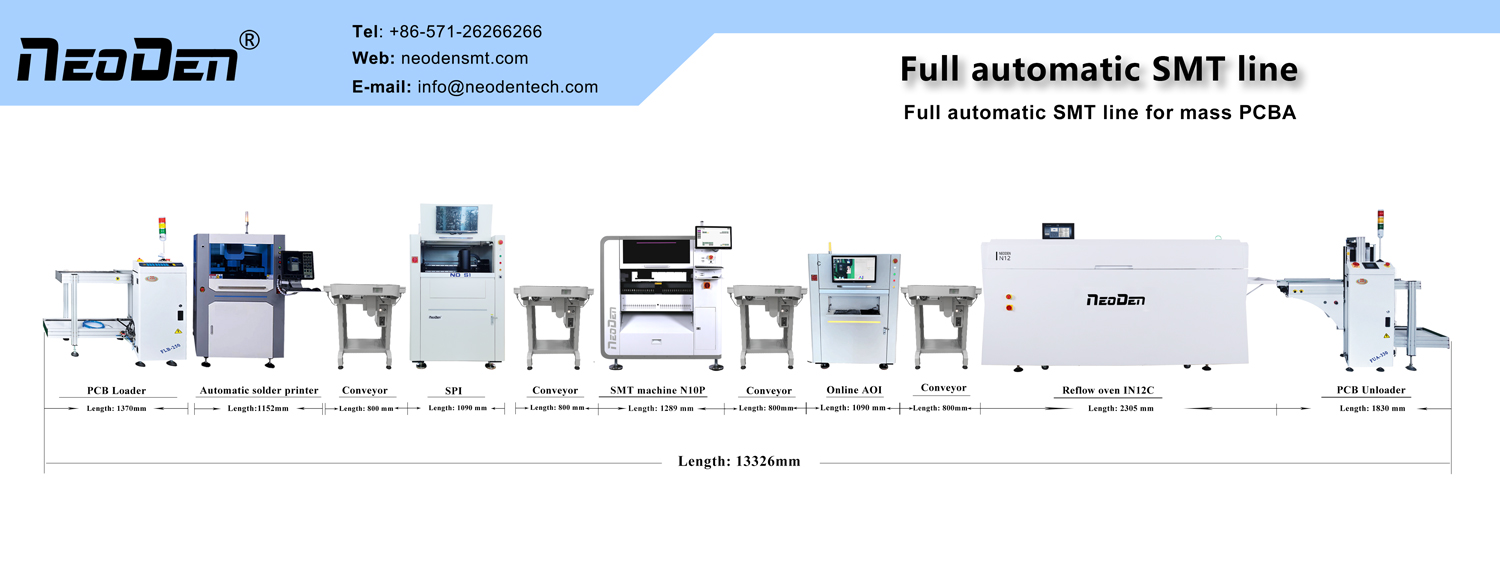Introduction
SMT AOI machine is based on optical principles, using image technology to identify and analyze the differences between the object to be tested and the standard image, to determine whether the product quality is up to standard. SMT AOI machine is used to quickly and accurately detect various defects on PCBs. However, in the process of using SMT AOI equipment, some common misconceptions may affect its detection results and overall effectiveness. In this article, we will discuss these misconceptions and provide appropriate solutions to help you more effectively utilize equipment.
Myth 1: AOI machine as a universal inspection tool
Problem description: Some users believe that AOI can detect all types of defects, including defects hidden underneath or inside components.
Solution: SMT AOI machine relies heavily on optical imaging for surface inspection. The device excels in detecting the quality of electronic component processing on PCBs, solder paste, etc. for compliance with standards, and is able to detect and resolve quality issues in a timely manner. Although it can detect most of the common surface defects, such as false soldering, solder leakage, short circuits, component misalignment, polarity reversal, etc., AOI’s ability to detect the quality of solder joints in packages such as BGAs, internal breaks or short circuits, etc., is limited. In this case, it is necessary to combine with other inspection methods, such as the configuration of SMT X-Ray inspection machine or functional testing.
Myth 2: Over-reliance on automated programming and neglect of manual tuning
Problem description: Many AOI machine offer automatic programming, which does improve efficiency, but over-reliance on automatic programming can lead to less accurate inspection procedures and increased false or missed judgment rates.
Solution: Automated programming can be used as the basis for initial setup, but manual review and optimization is essential. According to the actual production of PCB and component characteristics, carefully adjust the detection parameters, set a reasonable tolerance range, and carry out adequate verification to ensure the accuracy of the inspection program.
Myth 3: Ignore the impact of environmental factors on detection
Description of the problem: AOI machine inspection results are easily affected by environmental factors, such as lighting, dust, vibration and so on.
Solution: Ensure that the working environment of AOI machine is clean and stable. Control the brightness and uniformity of the lighting to avoid interference from glare or shadows. Reduce vibration around the equipment to ensure relative stability between the camera and PCB. Clean the optical parts of the equipment regularly.
Myth 4: Lack of effective management of false and missed judgment rates
Description of the Problem: Misclassification (classifying a normal product as defective) and underclassification (classifying a defective product as normal) can both occur during the production process. Failure to effectively manage these issues can lead to increased rework, quality risks or inefficiencies.
Solution: Periodically validate AOI machine results and count the number of false positives and false negatives. Analyze the causes of false positives and misses, which may be improperly set up inspection procedures, problems with the components themselves, or environmental factors. According to the analysis results, adjust the inspection program, improve the process or take other corrective measures.
Myth 5: Failure to fully utilize AOI data and reports
Problem Description: Many SMT AOI machine can generate detailed inspection reports and data, but this information is often not effectively utilized, missing opportunities for continuous improvement.
Solution: Beyond simple pass/fail results, analyze the inspection data generated by AOI in depth. Identify common defect types, defect locations, and trends in defect occurrence. Use this information to guide process improvement, supplier management, or operator training to reduce defects at the source.
Myth 6: Lack of adequate operator training
Problem Description: AOI equipment cannot operate effectively without skilled operators. Lack of adequate training can lead to improper operation, incorrect parameter settings or inaccurate judgment of inspection results.
Solution: Provide systematic training to operators on the operation and maintenance of AOI machine. Make them aware of the principles of the equipment, programming methods, defect identification and routine maintenance. Encourage operators to actively participate in the optimization of inspection procedures and defect analysis.
Summarize
The solution to the problem of AOI inspection misjudgment needs to start from multiple aspects. Through comprehensive control of image quality, detection procedures, external interference, algorithm optimization, as well as equipment maintenance and calibration, enterprises can effectively reduce the misjudgment rate, improve the accuracy and reliability of AOI inspection, and provide stronger quality assurance for industrial production. This requires that we not only consider AOI as a simple inspection tool, but also integrate it into the entire production process for refined management and continuous optimization. By choosing the right equipment, optimizing inspection procedures, controlling environmental factors, effectively managing misjudgments and omissions, utilizing inspection data, and strengthening personnel training, you can significantly improve the efficiency and accuracy of AOI, ultimately enhancing product quality and production efficiency.
If you are experiencing challenges in using AOI equipment, or would like to learn more about how to optimize your SMT assembly line, please contact our professional team. We will provide customized SMT solutions and technical support according to your specific needs.
Company profile
Zhejiang NeoDen Technology Co., LTD., founded in 2010, is a professional manufacturer specialized in SMT pick and place machine, reflow oven, stencil printing machine, SMT production line and other SMT Products. We have our own R & D team and own factory, taking advantage of our own rich experienced R&D, well trained production, won great reputation from the world wide customers.
We believe that great people and partners make NeoDen a great company and that our commitment to Innovation, Diversity and Sustainability ensures that SMT automation is accessible to every hobbyist on everywhere.
Post time: May-20-2025


